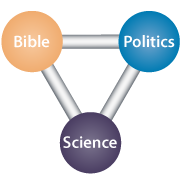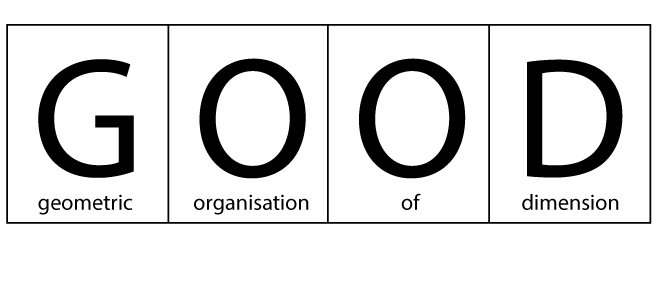The Periodic table of elements is undoubtedly one of the most pivotal and vital tools of modern science. So popular that The United Nations has even designated 2019 as the International Year of the Periodic Table of the Elements in 2019 acknowledging the 150th anniversary of the Mendeleev’s periodic table. Everybody who learns and works in the field of science got an opportunity to celebrate their profession, their members and their communities.
The periodic table is more than just a grouping of the chemical elements because it allows you to predict chemical reactions. Not only in chemistry but can also be used by professionals in biology, physics and in other disciplines. Hence, to mark the celebration of this imperative tool to the scientific community, the UN named the International Year of the Periodic Table of the Elements in 2019.
Through the proclamation of the International Year of the Periodic Table of the Elements in 2019, the United Nations has acknowledged the important role of chemistry in raising global awareness, promoting sustainable development and providing effective solutions to global problems to education, energy, health, and agriculture. This has brought various stakeholders including UNESCO, scientific societies and unions, technology platforms, educational and research institutions, private sector associate and non-profit organizations to advocate and celebrate the importance of the periodic table of elements and its various applications to society during 2019.
What did the International Year of the Periodic Table Commemorate?
In 2019, the international year of the periodic table of elements commemorated the remarkable timeline in the history of the periodic table of the elements. Jabir ibn Hayyan, an Arab alchemist, identified the chemical elements antimony and arsenic for the first time around 800 BC. In 1669, Hennig Brandt (German) for the first time chemically discovered an element named Phosphorous. Antoine Lavoisier (French) published a group of 33 chemical elements classified into metals, non-metals, gases and earth in the year 1789. In 1829, a German chemist, Johann Wolfgang Debereiner, recognised many elements when divided into three triads according to their chemical properties and organised based on their atomic weight, the second member of each triad was approximately the average of the first and the third. In 1869, Dmitri Mendeleev (Russian) created the modern periodic table of the present day. Marguerite Perey, a French woman scientist discovered the francium depending on filling gaps in Mendeleev’s periodic table. Moreover, the most ancient known artifact of lead is a statuette discovered at the temple of Osiris on the site of Abydos in Egypt circa 3800 BC.
This international year of the periodic table of the elements in 2019also highlighted the women’s role models and their contribution to the discovery of elements of the periodic table. Marie Curie, Berta Karlik, Lise Meitner, Ida Noddack and Marguerite Perey are such names who were celebrated in line with the gender equality concept of UNESCO.
List of Events
Here is the list of few events marking the sesquicentennial of the periodic table of chemical elements conducted across the globe in 2019.
- The opening ceremony for the International year of the periodic table of elements in January 2019
- The Periodic Table at 150: Special symposium at the time of IUPAC 2019 in Paris
- 51st International Chemistry Olympiad in July 2019
- Mendeleev International Chemistry Olympiad in April 2019
- EuCheMs Inorganic Chemistry Conference EICC-5 in June 2019
- 150th-anniversary celebration of Mendeleev Table of Chemical Elements during the 47th World Chemistry Congress in Paris in July 2019
- The jubilee Mendeleev Congress on General and Applied Chemistry at St. Petersburg in September 2019
Concluding Note
The International Year of the Periodic Table of the Elements in 2019 has given us a great opportunity to develop new resources and bring awareness, inspire people across the globe regardless of age, experience, and background. The activities, goals, and achievements in the international year of the periodic table of elements in 2019 will continue in the future and beyond.

